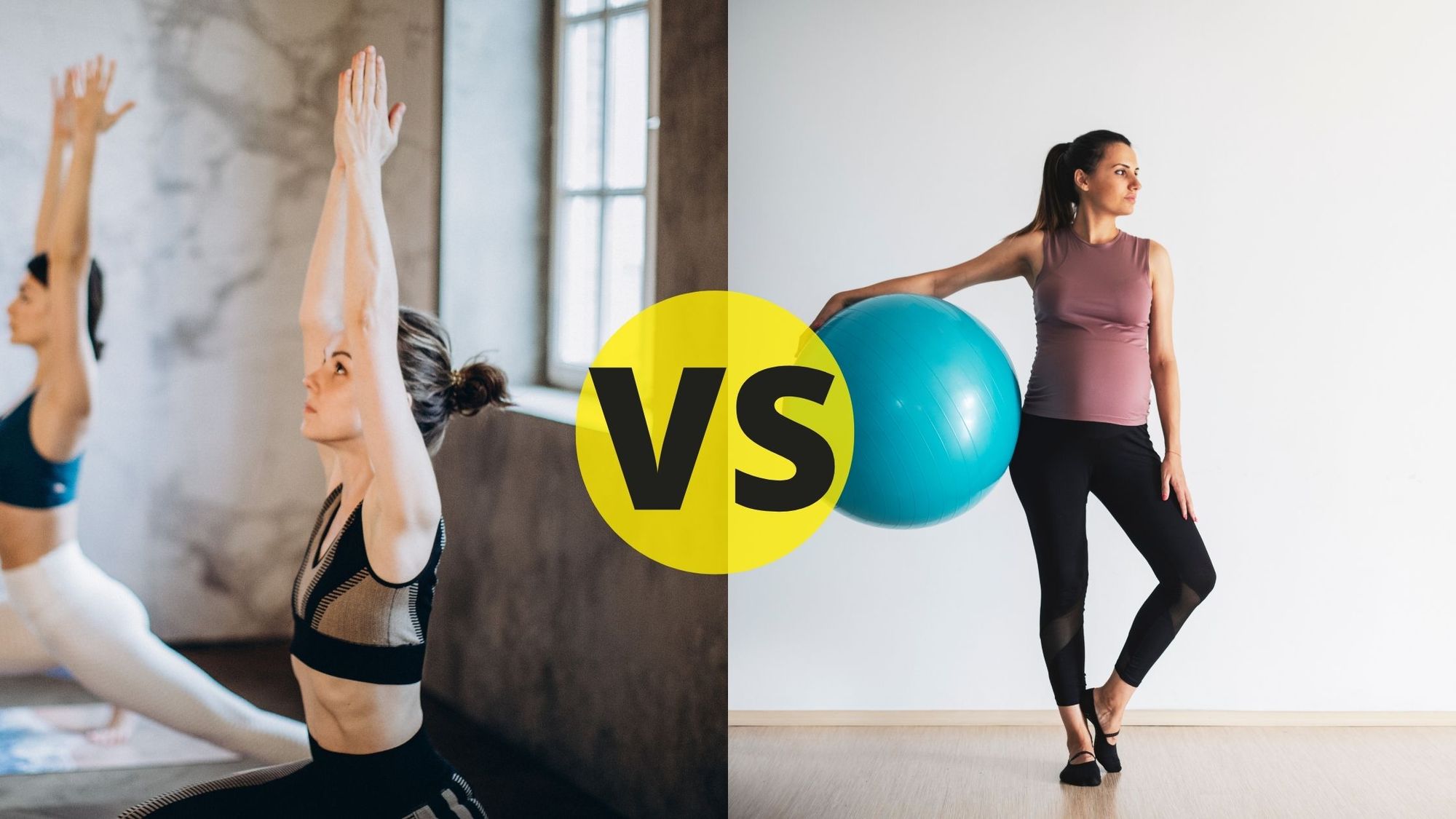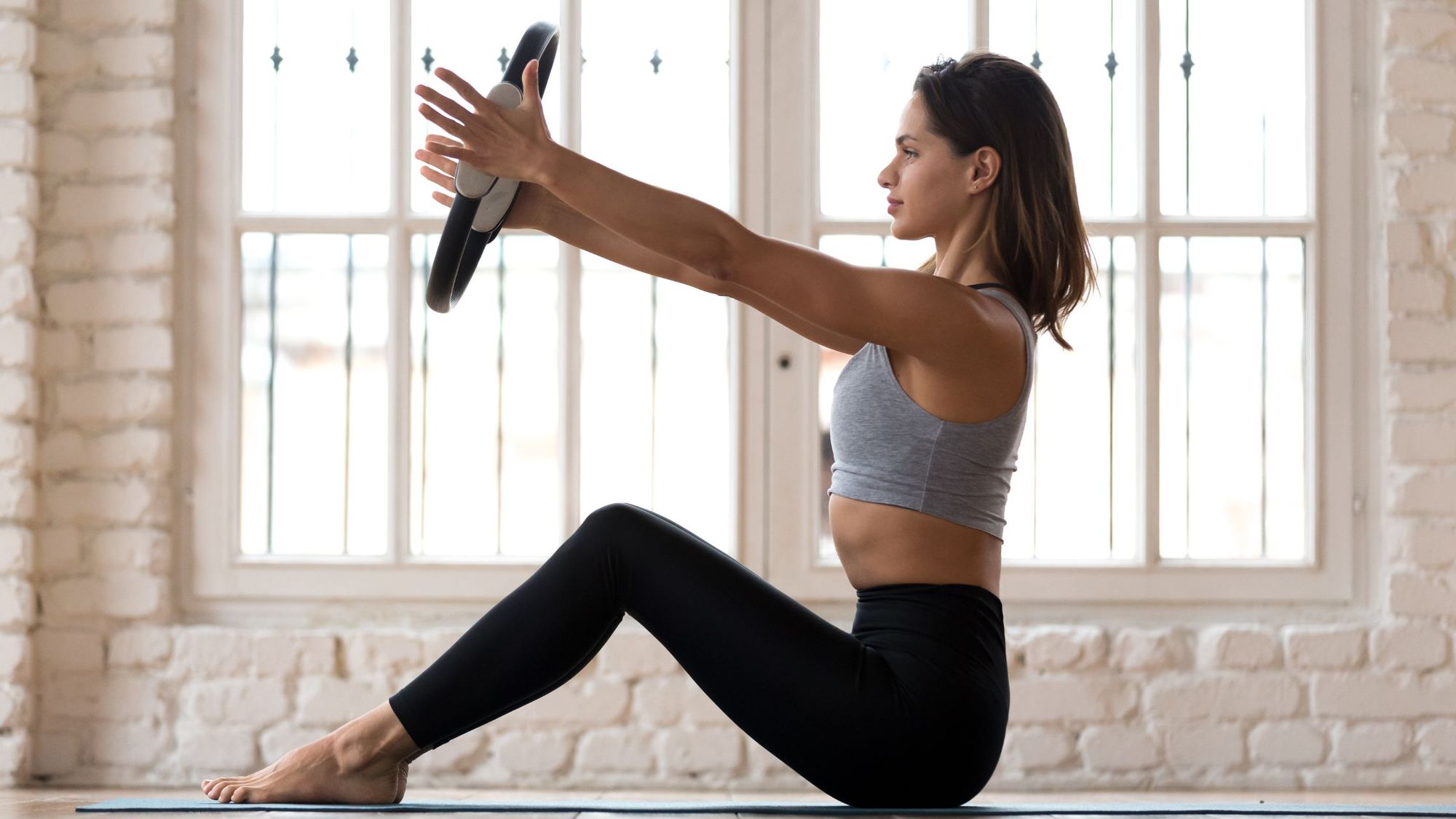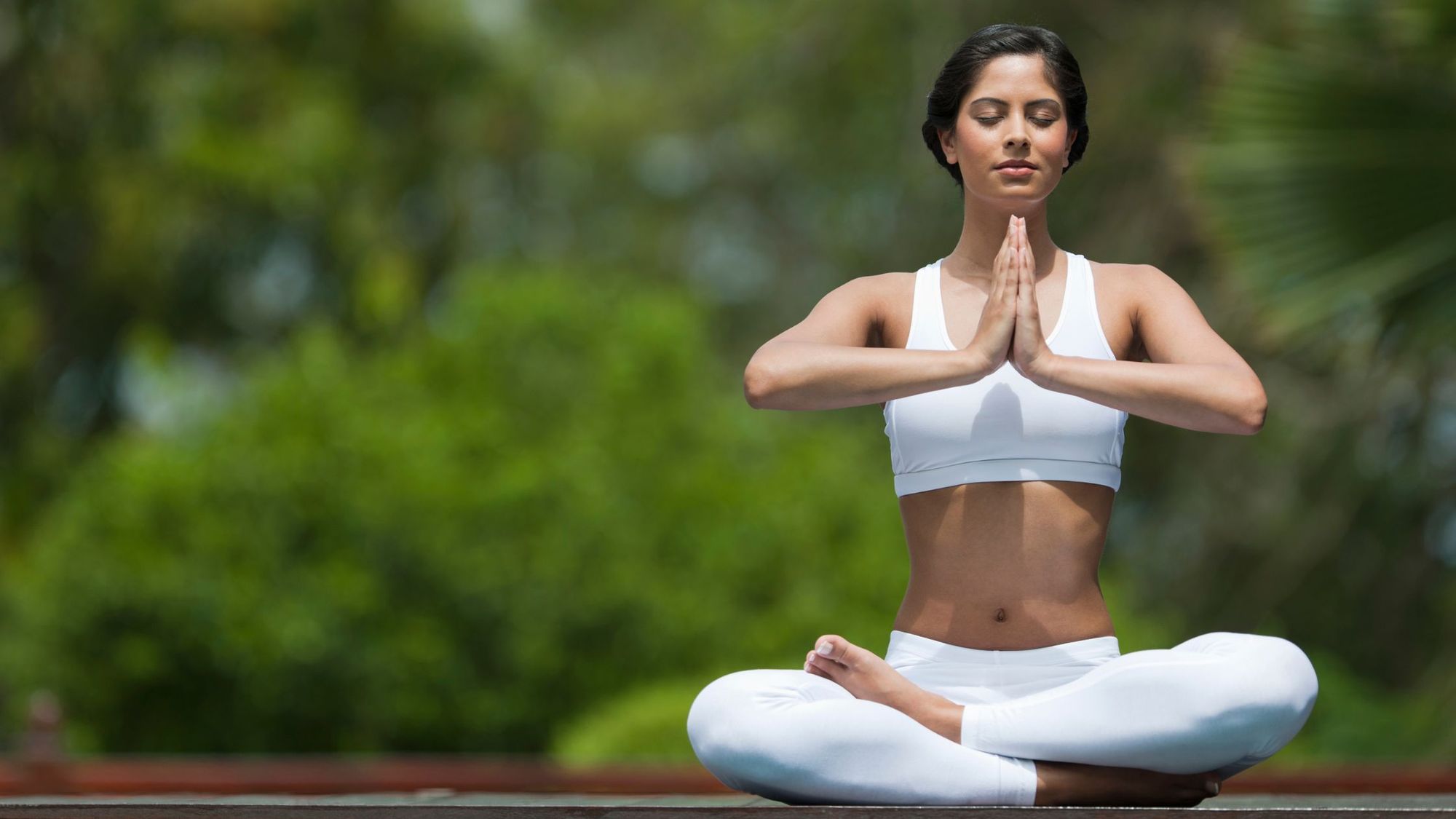
Many people wonder about pilates vs yoga, and how the two are different. Pilates, yoga, or even PiYo – you’ve probably heard of at least one of them, and maybe you’ve even tried one out at a yoga studio. What these exercises share in common is that they have both evolved significantly over the years, and there are a whole host of different types and variations available for both yoga and pilates, so that everyone can find something that works for them.
If you want to know what the differences between these two forms of low-impact workouts are, as well as the ways in which they might be able to benefit you, keep reading. We will take a detailed look at pilates vs yoga, answering your most pressing questions and helping you decide which one is going to be right for you. It’s time to get physical in the way that suits you best.
Pilates vs Yoga: What’s the Difference?
Here we are at the beginning, taking a look at pilates vs yoga and what actually makes them different (as well as some of their similarities). The most important thing to note is that although they are similar forms of exercise, they have very different purposes.
Yoga is meant as a meditative practice. It has a focus on physical exercise, but a lot of it is driven towards mindfulness, mental clarity, and improved focus. It can be quite intense on a physical level, especially as you advance to the higher classes, and certainly presents a challenge.
On the other hand, pilates is driven more towards recovery and restoring strength to your core muscles. It’s about rebuilding and working on yourself in a way that is low-impact with excellent results over time. It uses unique equipment that puts less pressure on your body, bringing us back to that recovery focus.
This is their main divide, and likely the factor that will determine which one of these exercise forms you choose. For example, yoga is not particularly recommended for those who suffer from poor mobility or joint pain, whereas pilates can be a fantastic form of gentle exercise and strength building in these cases.
In terms of similarities, they are minimal but exist. Both yoga and pilates use minimal equipment and have a strong foundation built around mental focus and creating a sense of calm and relaxation. They also utilize breathing exercises to help regulate your body and improve the effectiveness of the exercises.
While this is a brief (yet informative) look at the pilates vs yoga battle, you’ll find a more detailed look at how each of them works below as well as a summary of which one is best.

The Details of How Pilates Works
Interestingly, pilates was developed as a form of rehabilitation for wounded soldiers at the end of World War I by Joseph Pilates. He spent years refining his technique, which is what made it the exercise form it is today.
The way pilates works are that it has the potential to:
- Improve muscle strength and endurance
- Boost flexibility
- Improve posture
- Help provide better balance
- Decrease joint pain
When you engage in pilates, it focuses on small movements that use stabilizing muscles in your back and core. Additionally, it puts a strong focus on the use of breathing exercises before you start each session, contracting the core muscles and also promoting a sense of relaxation. What’s more, you will find that the equipment used in pilates is also unique to the activity. It only uses springs, levers, and your own body weight to provide resistance, and it has been shown to be effective in use for rehabilitation. In fact, pilates is often undertaken by rugby players. Studies have shown that undertaking pilates can have the following benefits to your health:
- Arthritis
- Respiratory conditions
- Joint injuries and pain
- Back pain
- Urinary incontinence

The Details of How Yoga Works
We don’t know what the precise origins of yoga are, but we do know that it has been practiced for at least 3,000 years. It can be considered one of the earliest forms of meditation, finding its roots in shamanic tradition, Buddhism, and varying Eastern religions and traditions. What has always remained, however, are the five core beliefs that yoga is centered around:
- Relaxation
- Exercise
- Breathing
- Diet
- Positive thinking and meditation
Two of the most central features of yoga are mindfulness and deep breathing – concepts you are likely already familiar with. There is a massive number of yoga types, which means you usually have a lot of variety, but there tends to be one standard shared by them all – holding poses and flowing through a series of different movements throughout the session. Yoga is often classed as mind-body fitness, which means that it combines physical exercise with mindfulness. As a result, you end up with increased awareness of your breath and the energy your body provides. Since yoga is such an ancient practice and one that thousands of people take part in regularly, there have been numerous studies on the health benefits that it provides. The results have shown that there are loads of great advantages, and it can help conditions such as:
- Anxiety
- Depression
- Arthritis
- Respiratory conditions
- High blood pressure
- Chronic pain
Pilates vs Yoga: Which is Better?
Both of these exercises are excellent options, and they each have their own series of advantages to consider if you are seeking a new exercise routine. Of course, you should always consult an instructor or medical professional before you start a new form of exercise, especially if you have a medical condition that might impact your workout abilities.
This is because yoga and pilates tend to require flexibility and mobility in your joints and limbs in order to be effective, and there are some medical conditions that could make this difficult for you. There are many poses which can be modified for those with mobility issues, and water yoga has proven to be effective in this regard as well. But this doesn’t answer the question of which one is going to be best. Well, in the battle of pilates vs yoga, it really can depend on what you need it for.
Yoga is best for those who don’t have severe mobility issues because of the level of flexibility required in order to perform many of the poses and movements. This is especially true for those who might want to attend more advanced classes, which have fewer adjustments available for the poses used.
Some of the most popular forms of yoga that you can try are:
- Restorative
- Acro
- Chair
Pilates is very specifically meant as a low-impact form of exercise, which makes it perfect for older people or those who are recovering from an injury. This is because the movements are more subtle and cause less strain on your joints and muscles. Additionally, the fact that pilates uses unique equipment instead of just mats adds to its benefits for those with poor mobility.
The big issue with pilates is that it tends to be quite expensive, and it is also a requirement for you to have access to the equipment needed in order to take part. While it is true that pilates can be modified, the proper form and technique must be taught and implemented in order to keep it a safe and successful form of exercise and recovery.
To Conclude
So, there you have it, the epic battle of pilates vs yoga has concluded, and you’re likely much closer to deciding which one suits you best. The core difference is that yoga tends to be used for mindfulness and relaxation as well as being a physical exercise, whereas pilates is more focused on recovery and rebuilding strength.
Yoga is more intense in terms of the poses and movements required, especially when you move to more advanced classes, but it is also a lot cheaper than pilates. The expense is what can make pilates more difficult for people to access, even if they can benefit from it.
No matter which choice you make, it is always important to discuss with your doctor whether pilates or yoga is safe for you to undertake – especially if you already have underlying health conditions. We hope that this has helped you on your journey and made it easier to decide if you want to start practicing yoga or pilates.
To find out which types of exercise suits you best based on your genetic makeup, take a DNA test from CircleDNA.
References:
NCBI, Pilates: How Does it Work and Who Needs it?: https://www.ncbi.nlm.nih.gov/pmc/articles/PMC3666467/
NCBI, Exploring the therapeutic effects of yoga and its ability to increase quality of life:
https://www.ncbi.nlm.nih.gov/pmc/articles/PMC3193654/
NCCIH, Yoga: What You Need to Know: https://www.nccih.nih.gov/health/yoga-what-you-need-to-know






